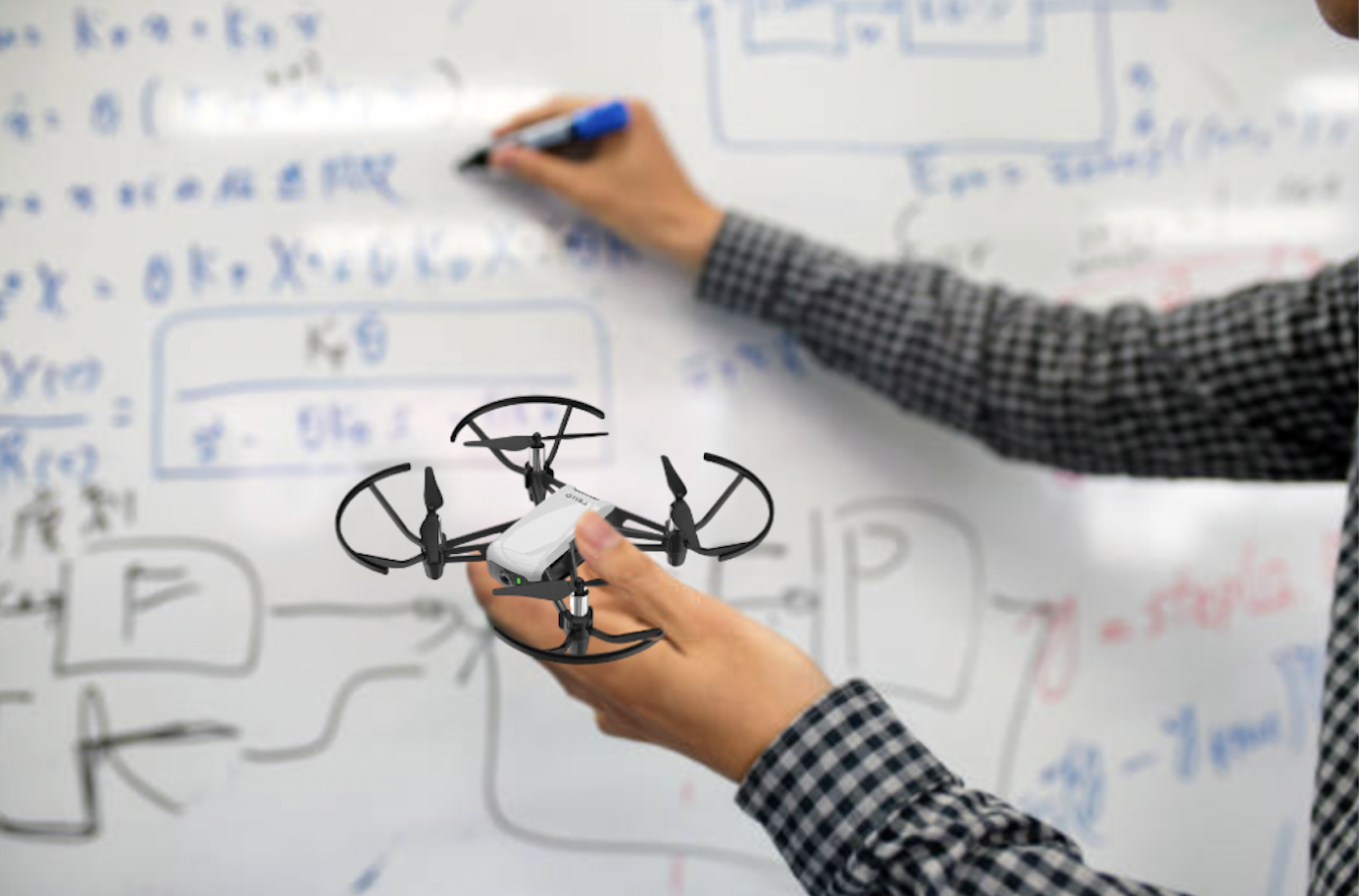Bridging Theory and Practice with Multi-Sensor Robotics

2024-10-18
In the ever-evolving world of technology, the integration of multiple sensors in robotics is setting a new standard for hands-on STEM education. Robots equipped with diverse sensors—ranging from cameras and infrared sensors to gyroscopes and distance meters—open up a world of possibilities for students, enabling them to engage in more cutting-edge projects. This shift is a gateway for students to explore real-world applications and develop essential skills for future careers in STEM.
Enhancing Hands-On Learning with Multi-Sensor Robotics
By allowing students to engage with technology through practical, hands-on learning experiences, multi-sensor robotics brings theory to life. Traditional classroom lessons often rely on abstract concepts, but robots equipped with various sensors can actively demonstrate these ideas, making learning more engaging. For instance, students can program a robot to navigate a maze using distance and light sensors, directly applying their knowledge of coding and physics to solve real-world problems. This approach fosters skills that are crucial for future STEM professionals such as critical thinking, problem-solving, and creativity.
Developing Multi-Disciplinary Skills and Real-World Applications
Multi-sensor robotics empowers students to move beyond basic programming, challenging them to create projects that blend technology and creativity. By engaging in hands-on activities, students develop a deeper understanding of how different systems work together, equipping them with critical skills such as:
- Troubleshooting, adapting, and innovating when faced with challenges.ß
- Mastering the integration of systems, including hardware and software.
- Programming, calibrating, and analyzing data from multiple sensor inputs.
- Combining elements of coding, electronics, and engineering for practical solutions.
- Integrating code with physical components to accomplish specific tasks.
A multi-disciplinary approach in robotics education encourages students to see the bigger picture and understand how different fields of technology interconnect. With STEM curriculum kits that support multi-sensor projects, educators can introduce students to a variety of subjects, all through the lens of robotics. Whether it’s building a weather station that collects environmental data or programming a robot to autonomously navigate a space while avoiding obstacles, these projects help students explore real-world applications. By engaging with a STEM robot kit equipped with diverse sensors, students can discover new career pathways early on, sparking an interest in fields like healthcare, autonomous systems, and smart manufacturing that they may not have previously considered. Codemyrobots, a project by LocoRobo, offers LocoHex, a hexapod robot that enables students to dive into advanced robotic motion, mapping, and navigation using state-of-the-art sensors like depth cameras and LiDAR technology. With features like an upgraded inverse kinematics algorithm and support for various gaits, LocoHex helps students engage in hands-on learning about AI, coding, and real-world problem-solving.
LocoRobo: Bringing Multi-Sensor Robotics to the Classroom
At LocoRobo, we are committed to empowering the innovators of tomorrow. Our programmable robots and STEM robot kits come equipped with a range of sensors designed to bring hands-on learning to life. From elementary to high school, our STEM curriculum kits provide comprehensive lessons that guide students through coding, electronics, and engineering concepts, all while encouraging problem-solving and creativity. Ready to introduce multi-sensor robotics to your classroom? Contact us today to learn how our educational solutions can support your teaching goals.

